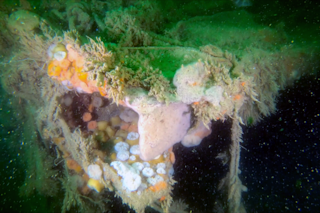Biologist Charles J. Henny reaches into a plastic bag and pulls out eight long, slender structures that look something like old chicken bones. He carefully places them side by side on his desk and then points out the obvious. See how they get smaller and smaller, he says, waving a hand over the lineup. It’s right in correlation with the contaminants. The evidence, thus laid out on the gray metal desktop, seems clear. Otters living in the lower Columbia River area near Portland, Oregon, have a serious problem.
The thin sticks in question are not chicken bones but baculums, the bony part of a river otter’s penis. Those on the left side of the lineup once belonged to otters number 28 and 29, reference animals that were taken from a less contaminated river habitat miles away from the Columbia. At nearly six grams each, they are significantly larger than the ...












